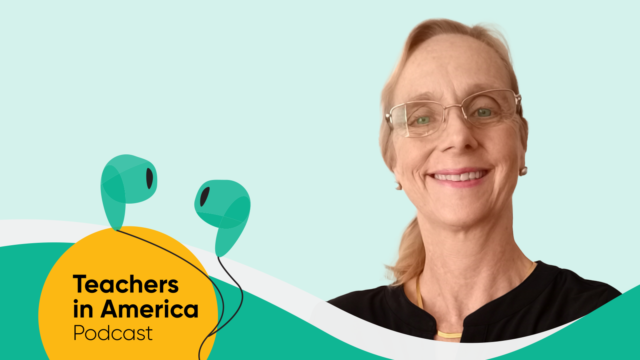
From Beijing to Belarus, global workshop venues have introduced me to a diverse international audience who is very much interested in the role of STEM in the 21st-century classroom. Although attendees to my presentations represent a range of backgrounds, resources, sophistication, and needs, all want to dive deeper into the conceptual landscape that nests beneath the umbrella of Science, Technology, Engineering, and Mathematics. It’s important for educators worldwide to understand what exactly the concept of STEM entails before covering it in their classrooms.
To best appreciate today’s worldwide attention on STEM education, let’s take a step back and explore its origins. Toward the end of the 20th century, the prospects of a poorly prepared science and engineering workforce exacerbated the need for comprehensive change. The foundations of this transformation would be laid down in new pedagogies and approaches that reflected what was being learned about effective teaching.
A New Approach to Teaching
Numerous documents were scripted that profiled a path that moved the teaching of science from passive acceptance of fact to the active construction of understanding. At its very heart of this change lay the shift from content-dense pontification to meaningful inquiry-based learning. These changes were embodied in curricula connections, higher-level thinking, and the practical application of understanding to the “real” world that existed beyond the classroom walls.
The drive toward increasing interconnectedness led to the expanded usage of the now familiar acronym, STEM. Although we’ve encountered it on multiple occasions, for a moment allow me to digress and explore the meaning of each of its components. This will help you as an educator explain STEM to your students, providing them with a general idea of how these disciplines are intertwined.
- First, the "S." Science is all about understanding our natural world. It is a structured endeavor designed to expand the knowledge base of our species. As most of us learned, its primary tool was something called the scientific method. Today, however, that term is somewhat out of favor. Instead, its procedure is assumed within a wider, self-directed methodology that nests within the practices of science.
- Next, let’s address the "T." Technology is the application of our scientific understanding. It is often profiled in industrial/manufacturing processes and their products. To some, it’s a physical solution, while to others, it’s an advancement in the knowledge base or problem-solving approach, both of which emerge from the engineering design process.
- Now, the "E." Contrary to widely held beliefs, engineering is not science. Engineering is all about problem solving. An engineer uncovers solutions to problems or develops something that meets an expressed need. Unlike scientists, engineers are not primarily concerned with adding to our global library of understanding. Instead, they uncover ways of applying that understanding to improving the human condition.
- And finally, there's the "M." For me, mathematics is mostly about patterns and pattern analysis. I realize my belief is somewhat biased and narrow in definition, but it emerges from my early years as a research scientist. Within the authentic laboratory experience, the primary use of math was to make sense of scientific patterns and develop an analysis on which further understanding was constructed. So although this distilled down definition may not seem far-reaching enough for some of my mathematics colleagues down the hall, for most STEM instructors it will suffice.

Teaching STEM
Engineers share many practices with scientists such as planning and carrying out investigations, using mathematics and computational thinking, and engaging in argument from evidence. Their approaches differ slightly in that engineers define problems rather than ask questions. Engineers also design solutions as opposed to scientists’ goal to construct explanations.
In their pursuit of an optimized solution, engineers engage in what is called the engineering design process. It’s a methodology that uses feedback loops to ensure that only the best solution advances to the next part of the design process. For many, the design process can be distilled down into three basic tenets: understand the problem, propose multiple solutions, and optimize the solution based upon testing models.
To be effectively taught, STEM needs to be fully integrated across the discipline. This goes beyond connecting other sciences disciplines. It also extends past the integration and use of mathematics in data collection and analysis. To be most effective, the interconnectedness needs to seamlessly integrate with a wide range of disciplines including social sciences, humanities, and the fine arts. From reading about local and historical connections to producing STEM movies that culminate a project-based learning experience, engaging students in a richly connected subject base is an essential strategy for successful STEM education.
Best practices for the teaching of STEM also require valid, diverse, and ongoing hands-on experiences. Whether its toothpick bridge building or engineering straw instruments, students need to be actively involved in the practices of science and engineering. It’s all about “doing” science and engineering—not passively reading about these subjects. And, as most teachers are aware, it’s this hands-on element that motivates, engages, and increases the students’ ownership of the learning process.
The views expressed in this article are those of the author and do not necessarily represent those of HMH.
***
Learn how to bring STEM to any lesson by checking out our International STEM Academy Professional Learning Courses, available for educators outside the U.S.
Related Reading
















